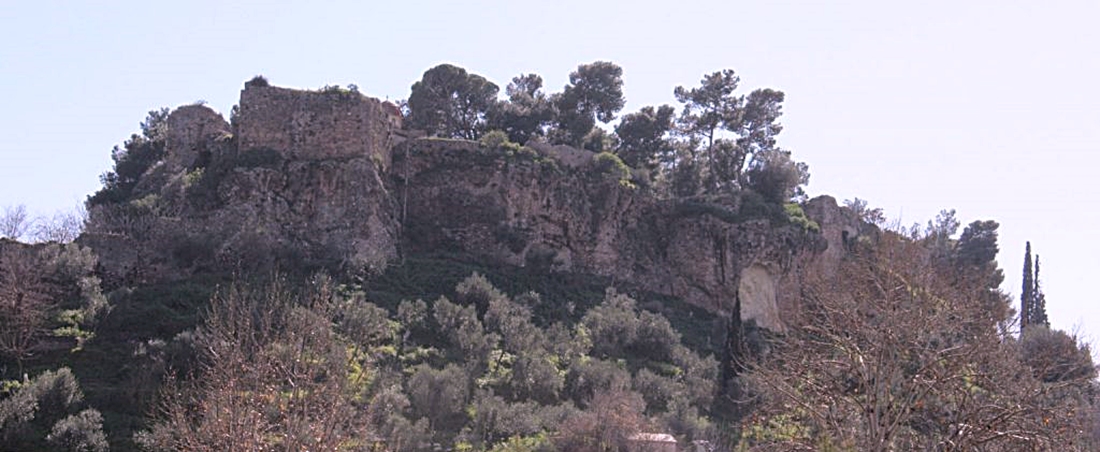KALAMATA

PLEASE NOTE THAT ALL THE PHOTOGRAPHS ON THE SITE ARE CLICKABLE LINKS

PLEASE NOTE THAT ALL THE PHOTOGRAPHS ON THE SITE ARE CLICKABLE LINKS
The castle of Kalamata stands on a low rocky hill to the north- west of the city above the Nedonatas river.
An ancient acropolis existed on the hill before the Trojan war, and later a Byzantine fortress, but the ruins we see today are the remains of the castle that was rebuilt there at the beginning of the 13th century, during the Frankish occupation.
The ancient acropolis on the rock was founded by the mythological Faris from Argos. The city was named Farai or Fares and is mentioned in the Iliad as one of the seven cities that Agamemnon offered to Achilles to ease his anger.
Fares never became an important city in the ancient world and archaeological excavations have proved that the city was on the hill and not in the surrounding area.
It was inhabited during the early and middle Byzantine period but its growth started during the Frankish occupation.
Guillaume II de Villehardouin who later became the most notable ruler of the Principality (1246-1278) was born in the castle of Kalamata. Over the years the castle was occupied at various times by the Venetians, the Franks and the Turks.
In the 6th century AD a church was built in the castle devoted to the Virgin Mary. An icon of Virgin Mary in the church became famous as 'Kalomata' (meaning 'beautiful eyes').
This later changed to 'Kalamata' which became the name of the church, the castle and the city.
At times times the Castle often became the scene of conflict between the Venetians and Turks, beacause of this it suffered extensive destruction.
In 1540, after a short period of occupation, the Venetians burn down the castle before surrendering it to the Turks. In 1685 the joint forces of the Venetians, Saxons and Maniotes forced the Turks to abandon the city, who blew up the Castle's powder magazines causing great damage.
In the period of the Second Venetian Rule (1685-1715) the Venetians proceeded with repairs and partial rebuilding. In the course of the 18th century, the Castle lost its strategic importance, while in the beginning of the 19th century was abandoned.
At the start of the 20th century with the contribution of Zaccharia Papantoniou, a man of letters and prefect of Messenia, the area of the Castle is turned into a park.
The Castle retains its medieval form to our day. A first line of walls surrounds the edge of the hill (inner ward).
At the steepest point, above the ruins of an earlier building that some have attributed to a Byzantine monastery, stands a fortified tower- keep of a medieval feudal lord with an oblong-vaulted cistern at its northern part.
A second larger, enclosure (outer ward) protects the vulnerable eastern slope.
The existence of two successive defense lines along with a keep is a typical characteristic of medieval fortifications.
The main access to the Castle is through a gate-tower, covered with a barrel vault. The tower takes its present form from the Venetians in the period 1685-1715, when a relief with the Lion of St.Marc is embedded on its front.
During the 18th century, although the city of Kalamata expanded, the castle was gradually abandoned and ruined. Kalamata was liberated on 23rd March 1821, in the first act of the Greek War of Independence.
In the earthquake of 1986 the castle was badly damaged and many parts were listed as dangerous. The site has now been renovated and has been open to the public since 2010. An entry fee of 2 euros is charged (1 euro for seniors).
Inside the castle there is an amphitheatre with a permanent stage built in the 1950's. During the summer a classic play of the Municipal Theatre of Kalamata is presented in this amphitheatre.